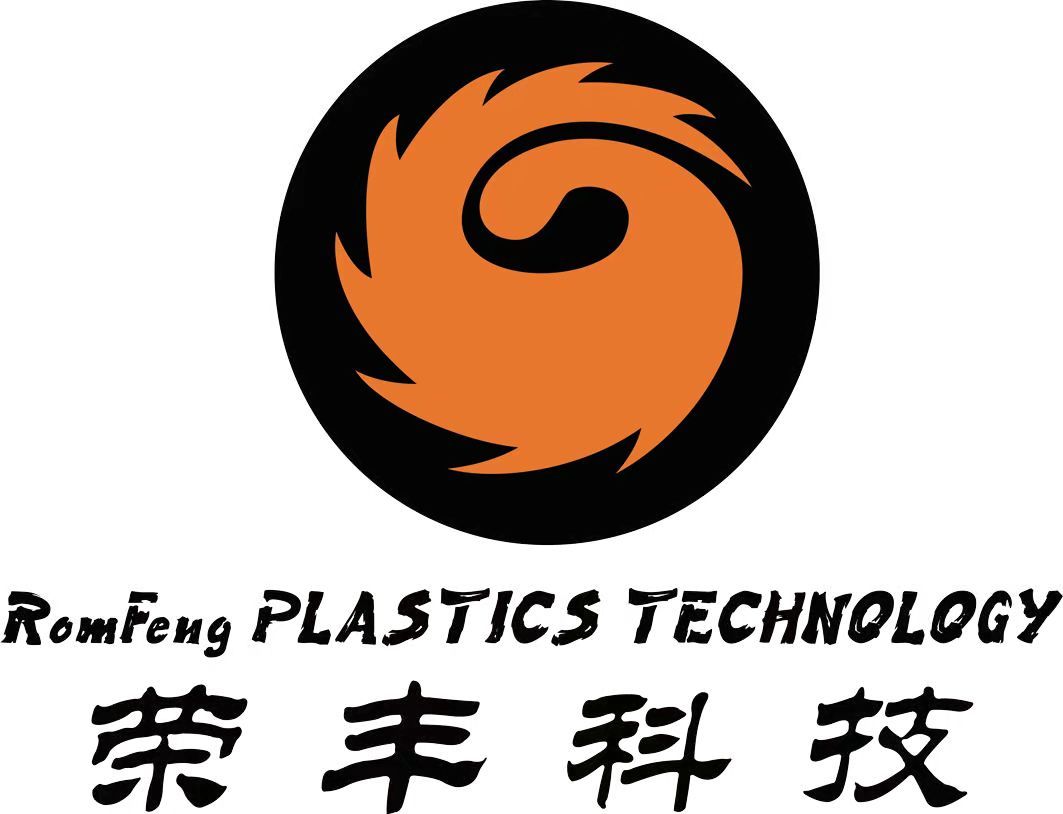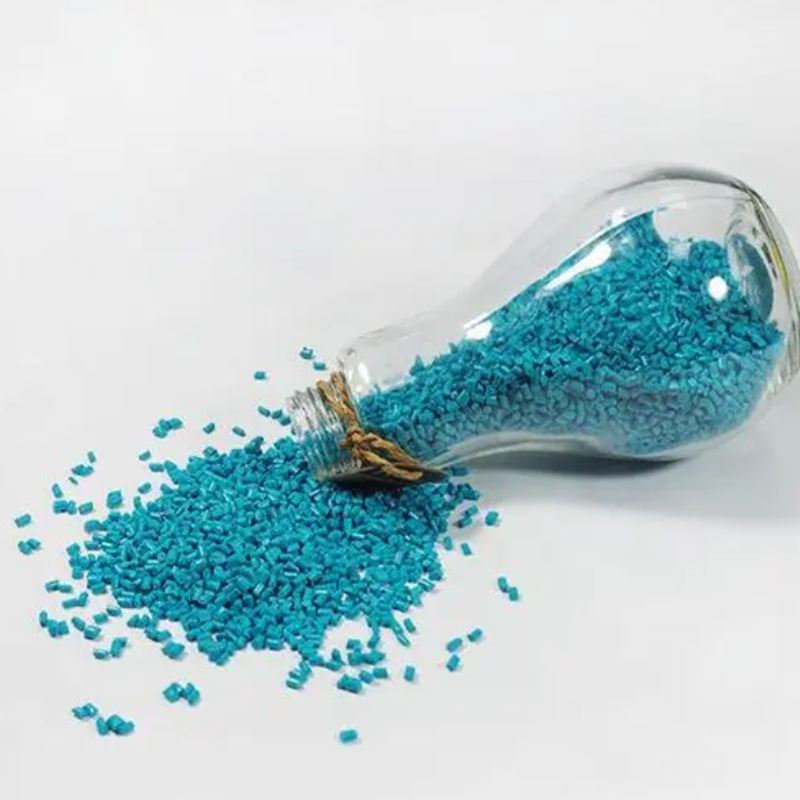Exploring the Wonders of Glow-in-the-Dark Additives in Plastics
Release time:
2025-06-25 11:20
Source:
Glow-in-the-dark additives are innovative materials that can absorb light and emit it in the dark. These fascinating substances have gained popularity in various industries, particularly in the field of modified plastics. Understanding how these additives work and their benefits can provide valuable insights for manufacturers and consumers alike.
At their core, glow-in-the-dark additives typically utilize phosphorescent compounds. These compounds can store light energy when exposed to a light source and then release it slowly over time. This property allows products made with these additives to glow for extended periods in low-light conditions. The most common phosphorescent materials used in these additives are zinc sulfide and strontium aluminate, with the latter being known for its ability to produce a brighter and longer-lasting glow.
In the plastics industry, the incorporation of glow-in-the-dark additives offers numerous advantages. For instance, these additives can enhance safety by providing visibility in low or no-light environments. Products such as emergency signs, safety equipment, and toys can benefit significantly from this feature, as they help prevent accidents and ensure user awareness in critical situations.
Moreover, glow-in-the-dark additives can significantly increase the aesthetic appeal of plastic products. From decorative items to consumer goods, the ability to glow in the dark adds a unique and eye-catching element that can attract customers. This attribute can be particularly advantageous in the competitive marketplace, where differentiation is key to capturing consumer interest.
When integrating glow-in-the-dark additives into plastics, manufacturers must consider a few critical factors. The concentration of the additive can impact not only the intensity of the glow but also the overall performance of the plastic product. Balancing the desired glow effect with the mechanical and thermal properties of the plastic is essential to ensure that the final product meets quality and performance standards.
Additionally, it is crucial to choose the right application method for these additives. They can be incorporated using various techniques, such as blending, compounding, or surface coating, depending on the intended use and desired properties. Each method has its advantages and may affect the distribution and effectiveness of the phosphorescent material.
In conclusion, glow-in-the-dark additives are transforming the landscape of modified plastics by providing innovative solutions that enhance safety and aesthetics. Their unique properties not only cater to consumer demands for visually interesting products but also address practical concerns in various applications. As the demand for such features continues to rise, the potential for glow-in-the-dark additives in the plastics industry remains vast and largely untapped, paving the way for future innovations and advancements.
At their core, glow-in-the-dark additives typically utilize phosphorescent compounds. These compounds can store light energy when exposed to a light source and then release it slowly over time. This property allows products made with these additives to glow for extended periods in low-light conditions. The most common phosphorescent materials used in these additives are zinc sulfide and strontium aluminate, with the latter being known for its ability to produce a brighter and longer-lasting glow.
In the plastics industry, the incorporation of glow-in-the-dark additives offers numerous advantages. For instance, these additives can enhance safety by providing visibility in low or no-light environments. Products such as emergency signs, safety equipment, and toys can benefit significantly from this feature, as they help prevent accidents and ensure user awareness in critical situations.
Moreover, glow-in-the-dark additives can significantly increase the aesthetic appeal of plastic products. From decorative items to consumer goods, the ability to glow in the dark adds a unique and eye-catching element that can attract customers. This attribute can be particularly advantageous in the competitive marketplace, where differentiation is key to capturing consumer interest.
When integrating glow-in-the-dark additives into plastics, manufacturers must consider a few critical factors. The concentration of the additive can impact not only the intensity of the glow but also the overall performance of the plastic product. Balancing the desired glow effect with the mechanical and thermal properties of the plastic is essential to ensure that the final product meets quality and performance standards.
Additionally, it is crucial to choose the right application method for these additives. They can be incorporated using various techniques, such as blending, compounding, or surface coating, depending on the intended use and desired properties. Each method has its advantages and may affect the distribution and effectiveness of the phosphorescent material.
In conclusion, glow-in-the-dark additives are transforming the landscape of modified plastics by providing innovative solutions that enhance safety and aesthetics. Their unique properties not only cater to consumer demands for visually interesting products but also address practical concerns in various applications. As the demand for such features continues to rise, the potential for glow-in-the-dark additives in the plastics industry remains vast and largely untapped, paving the way for future innovations and advancements.
Glow-in-dark Additives







